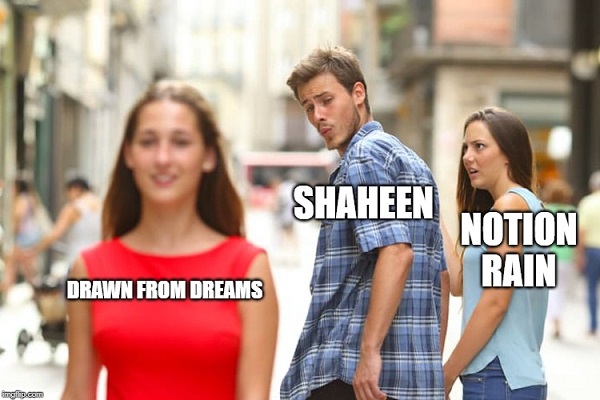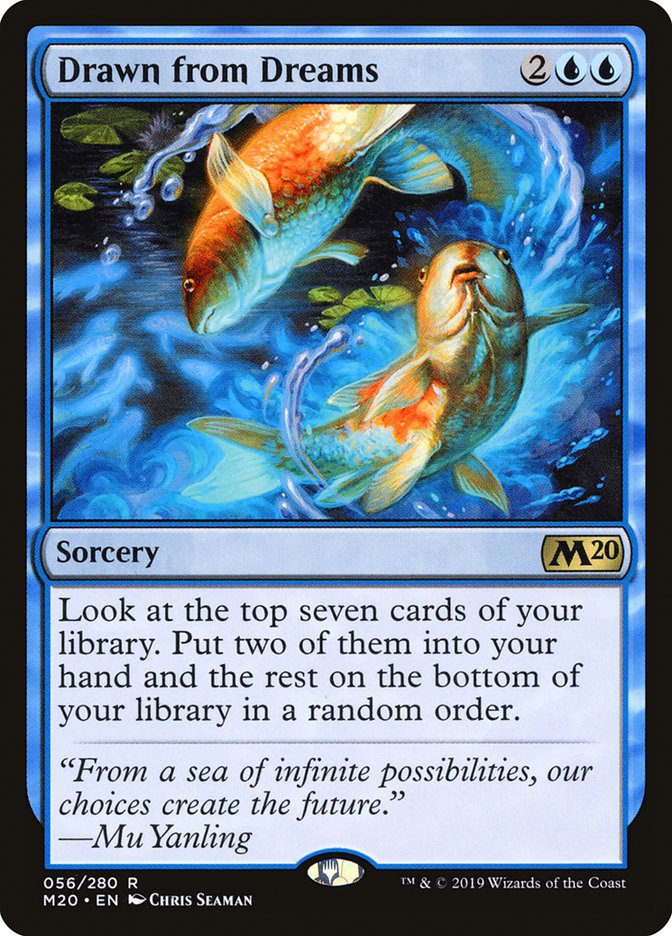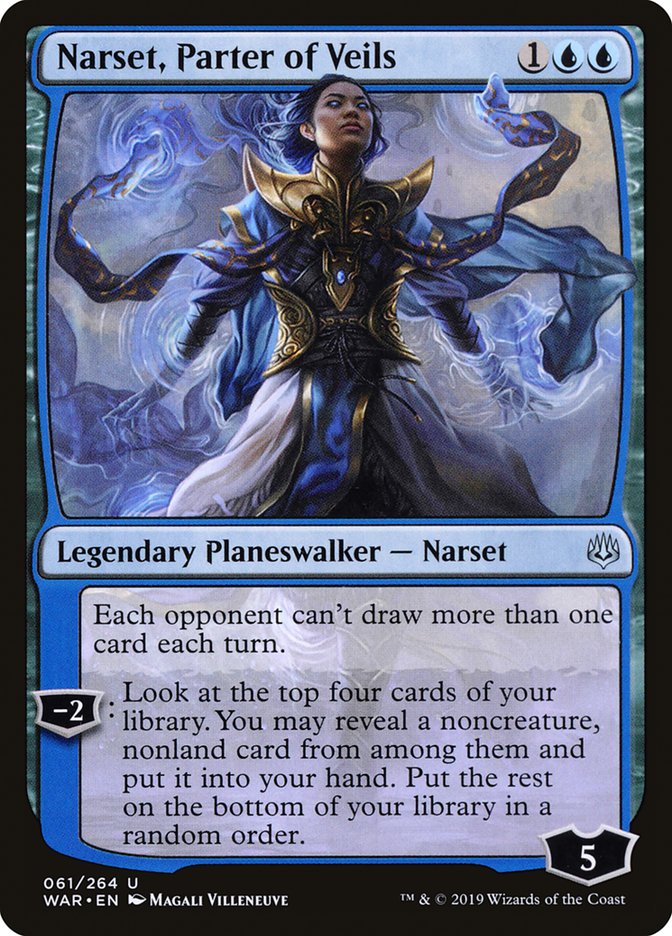I typically don’t have high expectations for Standard contributions from core sets. There’re usually a few dynamite cards, but most of the time my preview season is filled with the seventeenth reprint of Cancel and Unsummon. This has not been the case with Core Set 2020, with each day of previews creating some buzz in the competitive community.
Along with some of the powerful Standard options, there have been multiple Modern staples that may revolutionize the way control operates. I don’t want to steal Todd Anderson’s thunder, so definitely check out his breakdown of Brought Back, but I will say that each Azorius Control deck that I am crafting for Mythic Championship IV in Barcelona will start with a ton of fetchlands and multiple copies of the instant-speed Rampant Growth with late-game control upside.
Even with the next premier event being Modern, I can’t fight the urge to continue to brew in Standard. There have been a few specialty cards that I wrote about last week, drawing me to red as my third control color, but something new has caught my eye. I am always looking for staples that land in blue because that enhances all control strategies instead of limiting creativity in deck building. Teferi, Hero of Dominaria has pushed us to Azorius for quite some time now, but the third color is still up in the air. Esper Control is the best; however, Grixis has been viable for the last few months also. I think that Jeskai Control is going to get its day in the sun with Core Set 2020, but all of them are helped by a powerful card draw spell returning to the four-slot.

When I first saw Dawn from Dreams, I thought the same thing that many of you did. It has been a very long time since sorcery-speed card draw was good. This is a disqualifying factor for many control enthusiasts, but you all know that I can’t turn away a good sorcery. I tried Tamayo’s Epiphany and it was as terrible as I feared it would be. I wanted to see if all of that scrying made a sorcery-card draw spell playable, but the answer was no. I even had an obsession with Notion Rain, which took me a while to shake. Read the Bones was so good, but sorcery speed with life loss made it a very tough breakup. Luckily for us, Drawn from Dreams is light-years better than both of these junk bin sorceries.
Even though it isn’t Dig Through Time, Drawn from Dreams sure feels like it. I have given it a trial run in the traditional Esper Control build and it has surpassed expectations with ease. Dig Through Time was a banned card as a two-mana instant but was a Standard control staple at the four- to five-mana mark. This is a different era, with a weaker card, but the gameplay feels eerily similar when used in the late-game. Four mana is an easy investment for the two best cards later in the game, usually resulting in a powerful planeswalker that same turn, and it nearly guarantees an answer to any issue on the battlefield, something that control in Standard has lacked recently.
Esper Hero has taken over the world because it doesn’t require exact answers to specific threats with game-ending consequences. When control’s answers are so broad and weakened, it has a difficult time having its draw line up against the opponent’s on a consistent basis. Card draw like this helps mitigate that variance, providing a set of cards likely to answer any given problem. This tends to be the case with Drawn from Dreams in the late-game, but it is quite potent on Turn 4.
Narset, Parter of Veils is still the best card draw engine that control has access to in the early-game. In conjunction with it, Drawn from Dreams provides land drops where our three-cost planeswalker can’t. This is the only weakness of Narset in control, since every other card is a noncreature option. A common occurrence on Turn 4 is a Drawn from Dreams for a Teferi, Hero of Dominaria and the fifth land. It isn’t exactly double Demonic Tutor, but it’s as close as it gets.
Hitting land drops has been another weakness of control in Standard with the shift away from actual card draw from cards like Chemister’s Insight. I was championing the removal of card draw like that since the release of Narset, but I knew the cost. Relying on two Search for Azcanta and the surveil from Thought Erasure is a dangerous game; however, Chemister’s Insight just doesn’t cut it in War of the Spark Standard. Drawn from Dreams has a key advantage over Chemister’s Insight and other card draw options in that family, making it viable.
Narset has prevented the control gang from using traditional card draw to stay ahead of opponents in the card advantage game. Not only does this three-mana planeswalker plague us in the control mirror, it also strikes us from nearly every midrange deck as well. Narset has condemned the use of card draw until now. Drawn from Dreams has the proper wording that allows us to always have outs. Since it instructs the caster to “put” two cards in hand instead of “draw” them, we can continue with business as usual.
When our opponent lands a Narset the turn before, that feeling of helplessness significantly lessens when you can pull two of your best weapons from the top seven cards. Both Narset and Teferi, Time Raveler must be dealt with regardless of what new card draw option presents itself, but things have become a little bit easier. Finding a one-of like The Elderspell will be a lot easier with Drawn from Dreams, and the typical silver bullets in a control sideboard also become enhanced.
There’s one more major benefit attached to Drawn from Dreams and it stems from the power of the aforementioned Time Raveler. Since the printing of this busted planeswalker, I have sought borderline sorcery cards that would be fantastic when cast at instant speed. Outside of Thought Erasure and Kaya’s Wrath, no other card I found made the cut in the early development of Esper Control. Drawn from Dreams is easily the most powerful option after Thought Erasure, giving the user perfect information before deciding on which two cards to snag from the top. With a Teferi +1 ability, Drawn from Dreams will create that Dig Through Time nostalgia. Sorceries will always get the stink-eye from control users who refuse to tap their lands on their own turn, but this may change some minds.
With War of the Spark Standard becoming more tap-out by the day, this fits the mold for many blue-based control decks’ battle plans. I can’t see myself playing less than three Teferi, Time Raveler in any control deck that uses both colors, making this an automatic two-of to start out. The interaction between these two cards is absurd, creating a nightmare for a midrange or control opponent. There are many matchups in Standard that give you some time in the early-game to develop but punish you when their powerful threats are met with your exact answers. That time presented to us will help push Drawn from Dreams into a pivotal role for control decks.
The four-mana spot is always contentious, but the Standard metagame makes our choices easy. Against aggressive decks, a Kaya’s Wrath will be necessary, making Drawn from Dreams the final spell used after a series of stabilizing plays. When playing against decks with minimal threats, a Turn 4 Drawn from Dreams is just what the doctor ordered.
Having a disruption spell on Turn 2, a planeswalker on Turn 3, and a Drawn form Dreams to set the rest of the game up on Turn 4 is exactly where I want to be in Core Set 2020 Standard.





